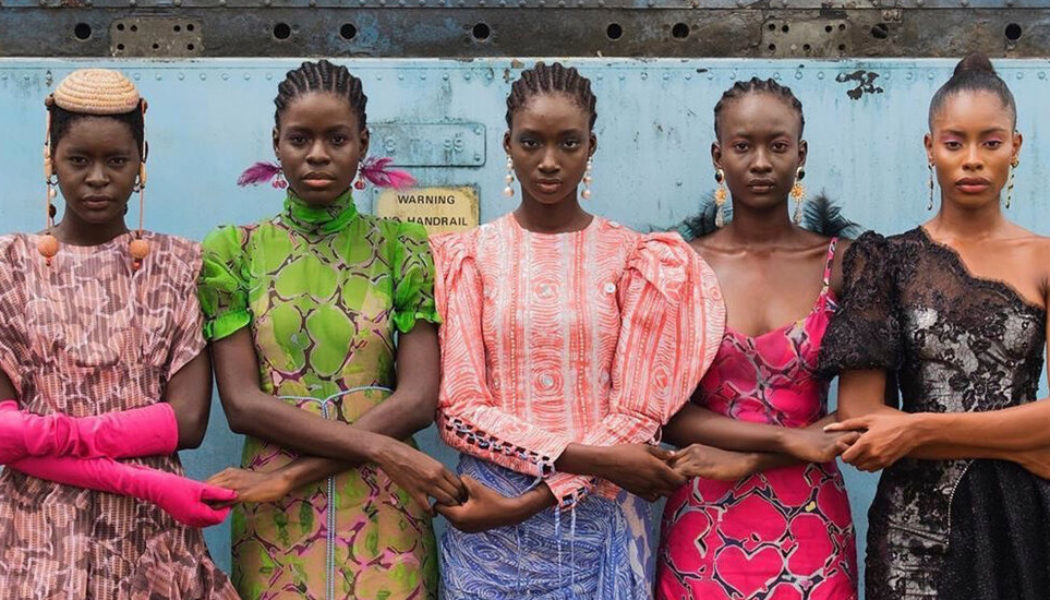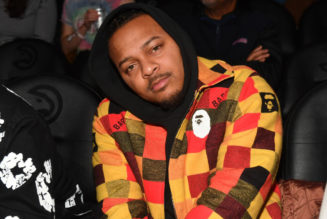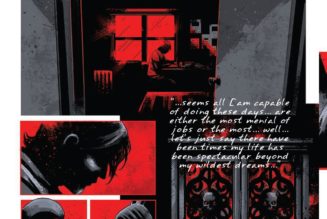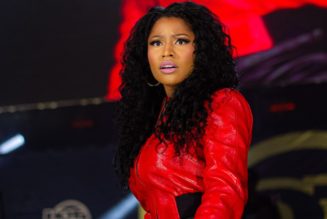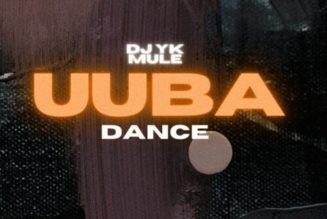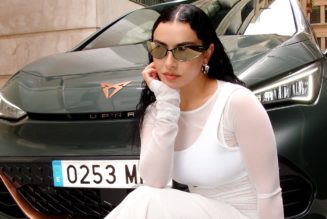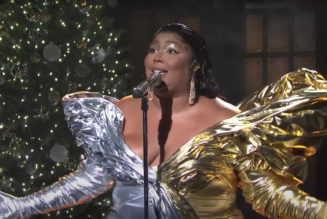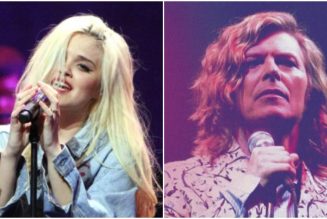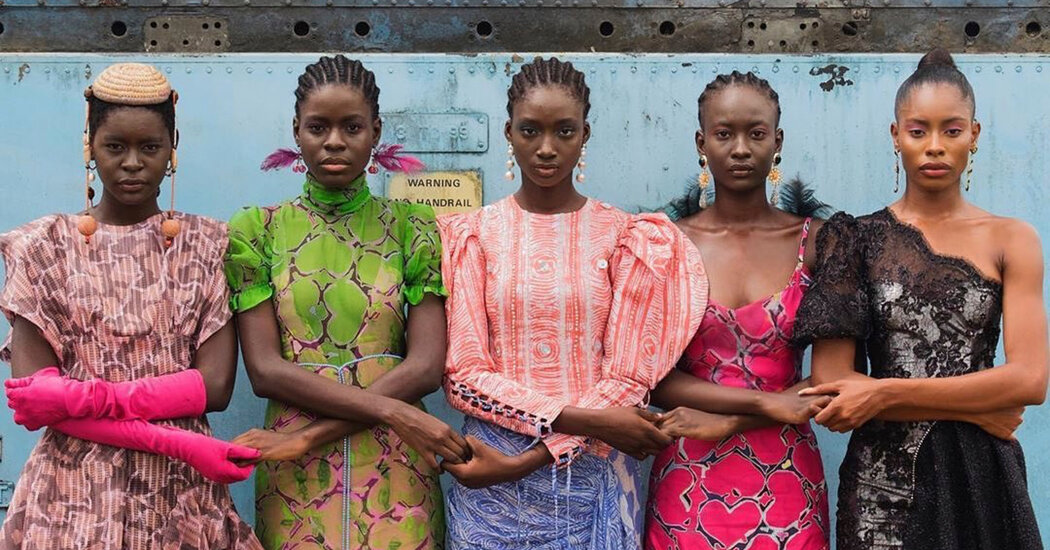
Clothing can be transformative. This exhibition at the Brooklyn Museum transports visitors to the historical moment when nearly an entire continent shed its colonialist attire and stepped onto the world stage.
Many years ago, I worked as a salesperson at Hugo Boss in the Beverly Center in Los Angeles. I sold the range of things the store carried: luggage, accessories, underwear, clothing. But what I most relished selling was men’s suits, because a good suit is often transformative. A man would come into the store looking forgettable and then, after donning a well-cut two-button, single-breasted navy suit with a peak lapel, he would look accomplished, adept. Walking into the new “Africa Fashion” exhibition at the Brooklyn Museum, I felt that I was witnessing something wondrous, something more surprising than just an individual’s restyling. I was transported to the historical epoch when almost the entire continent was shedding its colonialist rule and the associated attire and stepping onto the world stage transformed.
Marking this wholesale change at the very outset is a wall featuring a timeline of text and documentary photography that details the consequential moments of Africa’s 20th-century liberation struggles. Video monitors offer film footage of key ceremonies, such as the 1957 formation of the Republic of Ghana. On an adjacent wall are the flags of all 54 countries in Africa, their insignia and heraldry explained. The exhibition seems quite intentionally based in the history of independence movements; Christine Checinska, the curator who led the team that organized the original exhibition at the Victoria and Albert Museum in London affirmed this, saying that for her it was crucial for viewers to understand that the clothing has “a political dimension.”
In the exhibition catalog Checinska writes that Tunisia and Morocco liberated themselves from the control of France in 1956 and then a year later Ghana freed itself from Britain. Then, in 1960, 17 African countries shook off colonial rule, to embed that time in the historical record as the “Year of Africa.” “The radical social and political reordering that took place sparked a cultural renaissance throughout the continent,” Checinska writes. “Fashion, music and the visual arts drew on formerly marginalized traditions, creating innovative forms that looked toward future self-rule.”
I think it must be acknowledged that self-governance has not always produced astute political leadership, or policies that benefited the majority of citizens, yet some countries once hobbled by colonial rule have learned to stand on their own.
This revival and re-emergence of cultural practices and forms indigenous to native Africans takes on an expanded role in the Brooklyn version of “Africa Fashion,” according to its organizers Ernestine White-Mifetu, the museum’s curator of Africa art, and Annissa Malvoisin, a postdoctoral fellow here. It now includes 300 objects — of which about 130 are garments, textiles and jewelry, and more than 50 works from the museum’s collections. The curators of this show have added more documentary footage of the four large festivals on the continent in the ’60s and ’70s: the First World Festival of Black Arts (FESMAN) in Dakar in 1966; Zaire 74 in Kinshasa, 1974; the Pan-African Cultural Festival in Algeria (PANAF) in 1969; and the second World Black and African Festival of the Arts (FESTAC) in 1977 in Lagos.
Here, too, is a makeshift library with classic books examining that history and its legacy. There were framed and mural-size photos of FESTAC activities by Marilyn Nance, author of “Last Day in Lagos,” who by chance was visiting when I walked in. I was looking at a suite of four images, which included Stevie Wonder performing in a bright white suit with bell bottom trousers, in stark contrast to women in elaborately wrapped dresses of Kente cloth and men in tribal outfits that include decorative leg bands. Nance, a Brooklyn native, told me that about 200 Black Americans from New York, including her, traveled to Lagos, knowing it was going to be a hugely important event.
I could hear one of the other ways in which this iteration differs from the V & A show. Music followed me as I moved from gallery to gallery. Malvoisin explained that they carefully chose a playlist — accessible via a QR code — that echoes the hot songs for each epoch represented in the gallery space: Chaabi, Arab Pop, Hip-Hop, Afrobeat, Highlife, Jazz, Kora, and more genres. (Only a small selection is heard in the show, so use the link.) There is a theme of exuberance that threads through the music which matches the clothing and accessories on display.
It has to be said: This show is exquisitely beautiful, with textiles, accessories and clothing that are surprising and curious. Hardly an inch of this show is expected or cliché. The history lesson continues into the garment displays with vitrines featuring images of key midcentury designers: Kofi Ansah from Ghana, Chris Seydou from Mali, and Shade Thomas-Fahm from Nigeria. (Thomas-Fahm has a spectacular gold robe accentuated with black squares and dark yellow chevrons. No one who wears this can go about their business without notice.)
Beyond these displays is a monitor offering current runway shows where the innovative spirit of that time and place in Africa shines through even in collections that are seemingly drawn on European sources. There are too many designers to relate all the astonishing work here but it is worth mentioning the Kenyan designer Ami Doshi Shah, in the Adornment section, who has devised a gold and green metal choker with a long tail of leather or cloth that falls down the wearer’s back, in his Salt of the Earth collection.
In a nearby vitrine, Inzuki, a young Rwandan brand, presents a woven-basket collar necklace comprising interlocking bands of aquamarine, deep orange, hot pink and more, clearly drawn from traditional basket design. Here, the everyday is repurposed as the extravagant. This section is augmented by items in the Brooklyn Museum’s collection, including gold rings from Pharaonic dynasties and early 20th-century beadwork from southern Africa.
The show doesn’t fetishize but also doesn’t avoid talking about process. There is a set of mannequins showing three stages of a dress, from cut paper pattern to toile mockup to the finished garment, by Katungulu Mwendwa, whose Katush line is designed in her home studio in Nairobi, Kenya. Artsi Ifrah, who last year won the Fashion Trust Arabia evening wear prize and is based in Morocco, makes sumptuous clothing that is all about maximalist layering, patterning, draping and material. The South African designer Lukhanyo Mdingi makes matching jackets and joggers for people of indeterminate gender out of felted mohair, wool and acrylic, with scarves that double as body shawls.
Mixed in with lavish design is street photography by artists such as Sarah Waiswa, Trevor Stuurman and Stephen Tayo, who show what the people on the street are wearing and how their outfits are no less imaginative and daring than the better-resourced fashion here. There is studio photography by the artists of legerdemain, such as the Malians Seydou Keïta and Malick Sidibé. What would it have been like to embark on a career documenting this exploratory and upstart beauty at the start of a brand-new country? It must have been exhilarating. And all of this greeted me before I even got to the great rotunda hall that ends the show.
In this gallery about 40 mannequins are outfitted with a mesmerizing array of work by contemporary designers throughout the diaspora, such as Eilaf Osman, Papa Oppong, Brother Vellies and its founder Aurora James, Christopher John Rogers, and Studio One Eighty Nine in the section that means to show how Africa has a global footprint. According to Marisa Guthrie, writing for Women’s Wear Daily: “The contributions of African-born designers is already obvious in the fashion industry, but the exhibit is arguably the first comprehensive recognition of that legacy.”
The show is, in the words of the V & A’s Checinska, “inspired by the theater of fashion with its narrative potential: the crafting and performance of identities through props.” This potential is what drew me to fashion, the idea that I might present myself in a distinguished way, that I could embody an elegance that had previously eluded me. But with this exhibition the stakes are much higher than a mere rendition of individual identity. What unites the fashion talents represented in Brooklyn (and in London) is a clear need to exercise a political and aesthetic agency that go hand in hand.
Agency means almost nothing unless it is expressed. To have agency is to act in the world under one’s own imaginative and intellectual capacities. I never truly had that working as a salesperson for someone else’s brand, someone else’s notion of appropriate design.
At the end of the show, considering this, I walked back for a closer look at Waiswa’s photos of people on the street attending a “thrift social,” where clothes and music are exchanged. In one portrait, a woman has her hair pulled back in two coiled braids and sported a bandeau top made up of two fastened leather belts. At her midriff is a thin orange belt fastened with a gold panther buckle. In an adjacent photo three young men wear an eclectic mix of patterns and beaded jewelry. One has red-and-white striped overalls; another combines trousers with umber flowers with a red jacket. The third matched horizontal stripes with vertical stripes. When I was working in fashion retail, it never occurred to me that I could be this daring, this individual in my personal style.
That spirit of industrious innovation using whatever is at hand, and the relentless optimism in what the future might hold, are evident throughout the exhibition. What “Africa Fashion” understands deeply is that it has always been important not merely to be well dressed, but to be able to dress yourself well.
Africa Fashion
Through Oct. 22 at the Brooklyn Museum, 200 Eastern Parkway, Brooklyn, New York; brooklynmuseum.org.
